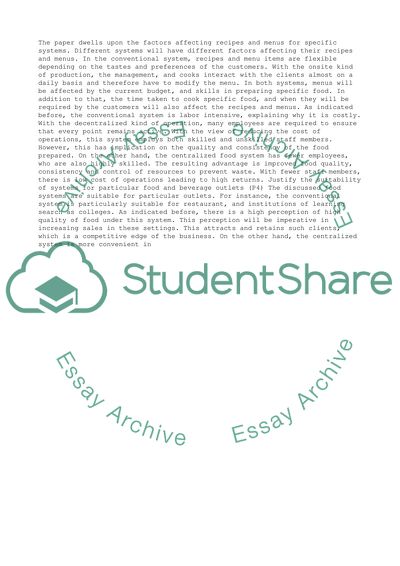Cite this document
(“The characteristics of food production and food and beverage service Assignment”, n.d.)
Retrieved de https://studentshare.org/management/1492334-the-characteristics-of-food-production-and-food-and-beverage-service-systems
Retrieved de https://studentshare.org/management/1492334-the-characteristics-of-food-production-and-food-and-beverage-service-systems
(The Characteristics of Food Production and Food and Beverage Service Assignment)
https://studentshare.org/management/1492334-the-characteristics-of-food-production-and-food-and-beverage-service-systems.
https://studentshare.org/management/1492334-the-characteristics-of-food-production-and-food-and-beverage-service-systems.
“The Characteristics of Food Production and Food and Beverage Service Assignment”, n.d. https://studentshare.org/management/1492334-the-characteristics-of-food-production-and-food-and-beverage-service-systems.


